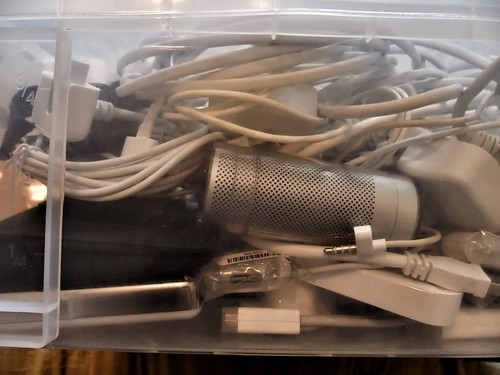
I was at my provincial airport hotel, wondering why the wi-fi didn't work and that the room didn't have a refrigerator. I decided to give up for the evening and read a story.
It was by Anthony Doerr and about Boise, Idaho. I've never been to Boise or even to Idaho, but as he stopped his car on Fort at Fifth Street, I could imagine being there. He described an old log cabin that dates back to the very founding of the now 250,000 population city.
In Doerr's story he describes the slow, hard but mainly happy evolution of the cabin and its crowded occupants as the town and city formed and it reminded me of a similar story we'd run into by chance in Bluff, Utah.
We'd been on the road and had stopped at a desert motel on the outskirts of the small town. In the evening we'd headed further towards the middle to get something to eat at a cowboy barbecue kind of place. We'd passed a small wooden fort on the way, which I assumed was a children's adventure play area. It was too dark by the time we returned, but I wanted to take a look next morning before we headed further west.
And I was wrong about the children's play area. This was the real deal. I stumbled into what was an old fortress settlement, just off Highway 191.

Like Doerr's descriptions of the Boise, Idaho cabin these were small dwellings, showing exposed log walls although with proper glazing in some of the windows. We walked around and eventually found some women in one of the larger buildings set out like a meeting room. They were sewing a quilt.
"Care to join us?"
We chatted for a while as they suggested we also visit another modern building where more of the history was being told. We'd already worked out this was a Mormon settlement, after all, we were in Utah. The story we heard from the folk in the bigger building was of the immense journey of the wagons across the unmade terrain, from Chicago, some one and a half thousand miles further east.

The Mormons moved to be free to practice their religion, explaining their stop in Utah rather than moving further west with the gold rush. The preserved dwellings in Bluff were from some of the original settlers, much like the formally preserved but neglected log cabin in Doerr's description of Boise.
In Doerr's story he makes the point about telling the story of the log cabin and its occupants to keep it alive. I reflected that these tiny dwellings altogether smaller than my current hotel room can hold such epic stories of life and opportunity.
Oh yes, and back to the title. As Emily Dickinson wrote: Hope is the thing with feathers that perches in the soul - and sings the tune without words - and never stops - at all.
















 I was at my provincial airport hotel, wondering why the wi-fi didn't work and that the room didn't have a refrigerator. I decided to give up for the evening and read a story.
I was at my provincial airport hotel, wondering why the wi-fi didn't work and that the room didn't have a refrigerator. I decided to give up for the evening and read a story. 

